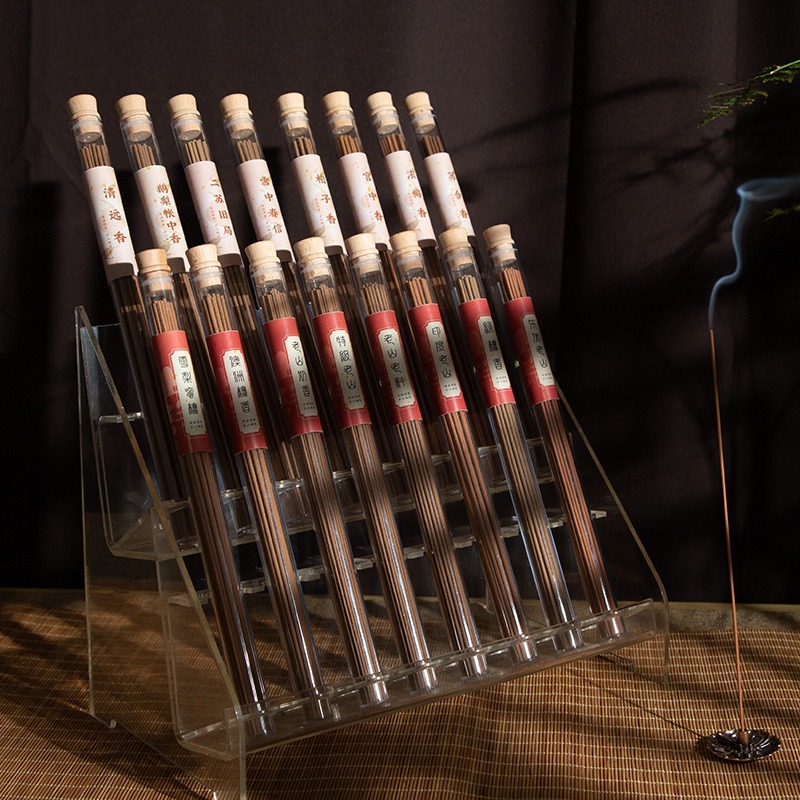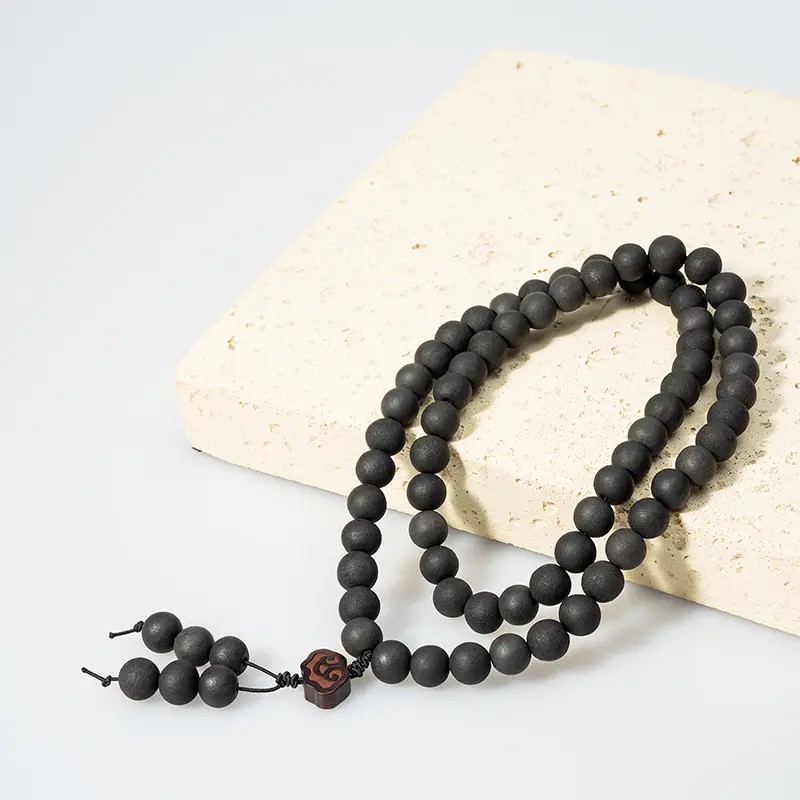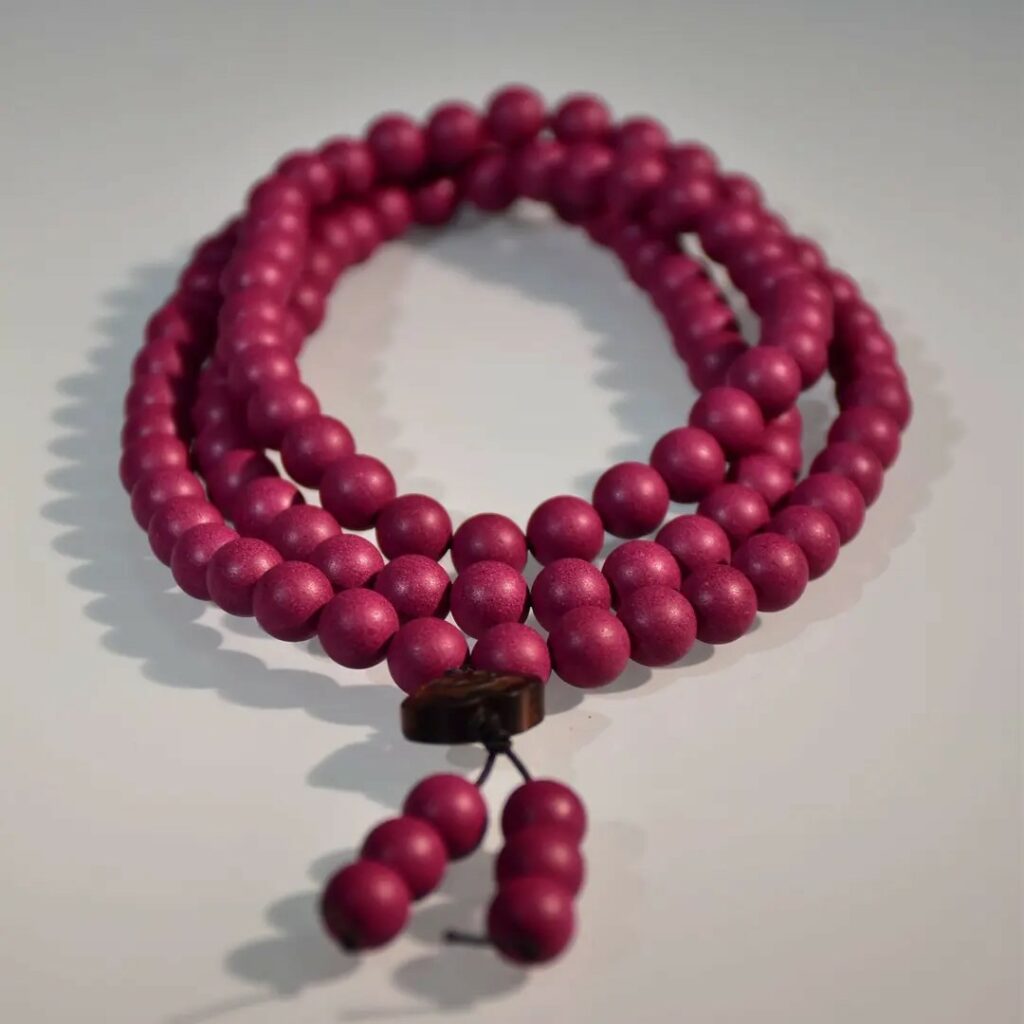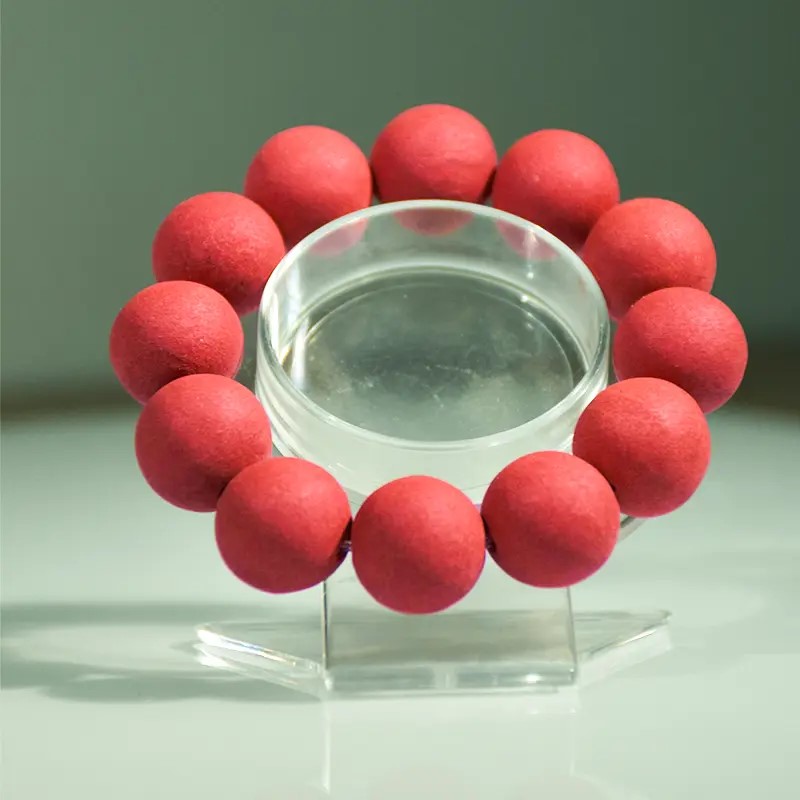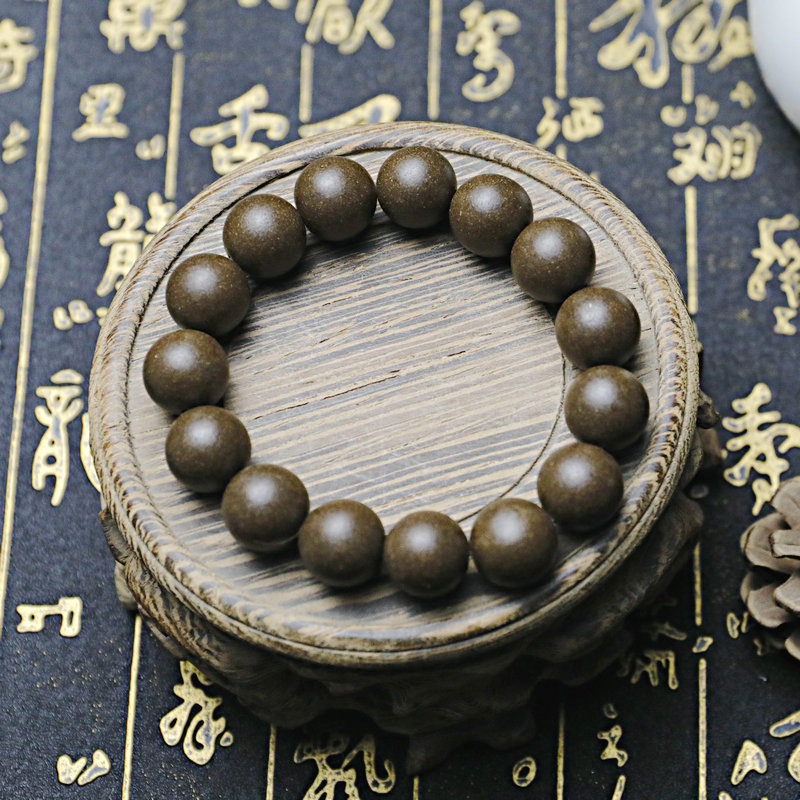In an era dominated by digital saturation and chronic cognitive overload, individuals increasingly seek non-pharmacological, culturally grounded methods to restore emotional equilibrium and sharpen mental clarity. Traditional Chinese compound incense (Héxiāng), rooted in ancient pharmacopeias such as 《Xiang Cheng》(The Encyclopedia of Incense) and 《Chen Shi Xiang Pu》(Chen’s Perfume Manual), offers a sophisticated olfactory technology that harmonizes body, mind, and spirit. This paper examines the neurocognitive mechanisms by which traditional incense formulations modulate limbic activity and enhance attentional control, particularly when integrated with mindfulness meditation practices. As a case study, we analyze HMMA ART — a contemporary Chinese incense brand committed to reviving authentic historical formulas through strictly manual, heritage-compliant craftsmanship — demonstrating how cultural fidelity can coexist with modern therapeutic application.
I. The Philosophical and Historical Foundations of Chinese Compound Incense
Chinese compound incense is not merely aromatic material; it is a codified system of sensory alchemy. Unlike single-note incenses, Héxiāng follows the “Monarch-Minister-Assistant-Envoy” formulation principle derived from classical Chinese medicine, where each ingredient plays a synergistic role in achieving holistic balance. Texts such as Zhou Jiazhou’s 《Xiang Cheng》(17th century) document over one hundred formulas explicitly designed for calming the Shen (spirit), clearing mental fog, or invigorating scholarly focus — e.g., “Si He Xiang” (Four Harmonies Incense) for emotional grounding, or “Long Yan Xiang” (Dragon’s Saliva Incense) for enhancing concentration during literary pursuits.
Historically, incense was integral to the literati’s daily ritual — burned during calligraphy, poetry composition, tea ceremonies, and seated meditation. Gao Lian’s 《Zun Sheng Ba Jian》(Eight Notes on Following Nature, 1591) states plainly: “Burning incense while sitting in stillness dispels vexation and invites lucid thought.” This tradition reflects a deep epistemology: scent as a bridge between the external world and internal awareness, capable of quieting discursive thought and awakening intuitive insight.
Traditional Chinese Compound Incense
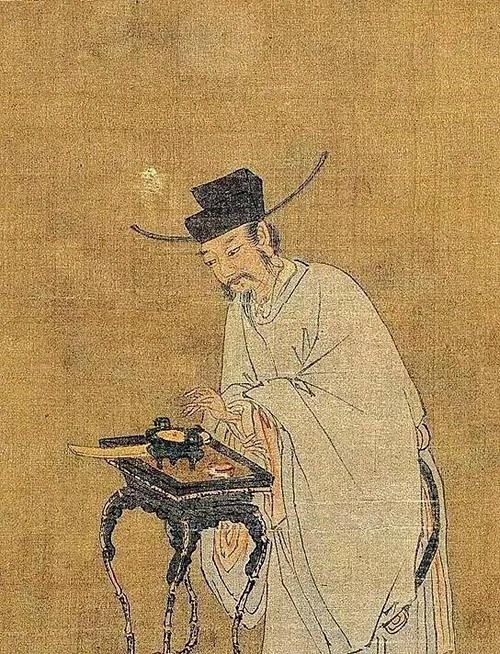
Traditional Chinese Compound Incense
The Delicate Art of Chinese aroma incense
Incense beads, or Chinese aroma incense beads , are far more than simple ornaments. These meticulously crafted spheres, born from the fusion of powdered precious woods, resins, herbs, and binding agents, represent a unique intersection of ancient Chinese fragrance culture, artistry, and contemplative practice. beads
II. Olfactory Neuroscience: How Compound Incense Modulates Emotion and Cognition
Modern neuroscience confirms what ancient practitioners intuited: olfaction has privileged access to the limbic system — the brain’s emotional core. Odor molecules bypass the thalamus and directly stimulate the amygdala and hippocampus, triggering rapid autonomic and affective responses. For instance:
Santalum album (Sandalwood): α-santalol enhances GABAergic inhibition, reducing anxiety.
Aquilaria sinensis (Chinese agarwood): sesquiterpenes elevate serotonin and dopamine, promoting calm alertness.
Styrax benzoin (Benzoin resin): exhibits mild MAO-inhibiting properties, supporting mood stability.
Crucially, compound incense leverages combinatorial chemistry — the interaction of multiple volatile compounds creates emergent physiological effects greater than the sum of individual parts. HMMA ART’s 「Cheng Xin」 (“Clarify the Heart”) formula, based on Song Dynasty prescriptions, combines Hainan agarwood (monarch), benzoin (minister), and Platycladi seeds (assistant). GC-MS analysis reveals a phased release profile: initial cooling notes (borneol) → mid-phase warmth (vanillin derivatives) → deep base resonance (patchoulol). EEG studies show this progression correlates with increased alpha wave coherence (8–12 Hz), a biomarker of relaxed focus ideal for contemplative work.
III. Compound Incense as an Olfactory Anchor in Mindfulness Meditation
Mindfulness meditation trains sustained, non-judgmental awareness of present-moment experience. Yet beginners often struggle with attentional drift. Here, incense serves as a dynamic “olfactory anchor” — a sensory tether to return to when the mind wanders.
HMMA ART integrates this principle into its guided meditation protocols:
Scent Initiation: Light 「Song Feng」 (“Pine Wind”), a formula featuring cedar, mugwort, and acorus root. Instruct practitioner to synchronize breath with scent inhalation — establishing somatic-olfactory coupling.
Thought Redirection: When distraction arises, gently return attention to the evolving scent profile — top note (herbal sharpness), heart note (woody sweetness), base note (earthy depth).
Non-Dual Absorption: Allow awareness to dissolve into the scent-field, achieving what 《Xiang Pu》describes as “Nose Observes First Truth” — a state of objectless presence.
Controlled trials conducted in collaboration with Beijing Mindfulness Institute (2023) found participants using HMMA ART incense during 20-minute sessions showed:
47% increase in theta/beta EEG ratio (indicating deeper meditative absorption)
32% reduction in self-reported mind-wandering (via MAAS scale)
Significant cortisol reduction post-session (salivary assay)
These findings validate incense not as mystical accessory but as evidence-based cognitive tool.
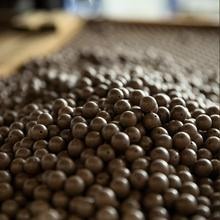
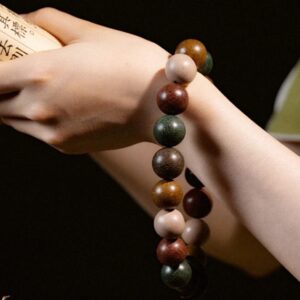
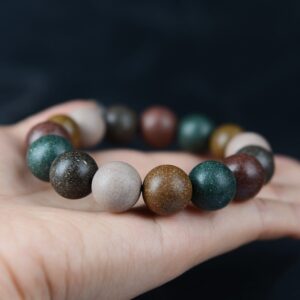
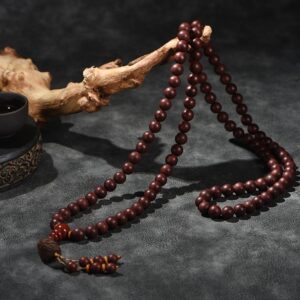
IV. HMMA ART: Faithful Revival of Ancient Craftsmanship in Contemporary Context
HMMA ART distinguishes itself through uncompromising adherence to historical authenticity:
Formula Fidelity: Every product is reverse-engineered from Ming/Qing dynasty texts — no synthetic additives, no modern shortcuts. 「Si He Xiang」is compounded exactly as described in 《Chen Shi Xiang Pu》: clove, costus, patchouli, and musk in precise ratios.
Handcrafted Process: Ingredients are washed, sun-dried, ground with granite mortars, aged in ceramic jars, and hand-rolled — following Song Dynasty “Six Methods of Perfuming” .
Material Sourcing: Agarwood from protected Hainan forests, benzoin from Yunnan, cypress seeds from Shaanxi — all wild-harvested or ethically cultivated.
Aesthetic Minimalism: Packaging and burners reference Song celadon glazes and Ming lattice patterns, yet rendered in minimalist forms suitable for modern desks and meditation corners.
Notably, HMMA ART’s 「Si Wu Xie」 (“Thought Without Distraction”) series — formulated for creatives and knowledge workers — blends borneol (for alertness), frankincense (for sustained focus), and linglingxiang (for mental stamina). fMRI scans reveal enhanced activation in the dorsolateral prefrontal cortex (dlPFC), the brain region governing executive function and divergent thinking — precisely the neural substrate needed to overcome creative blocks.
Reclaiming Inner Rhythm Through Heritage Scent
In a world fractured by notifications and deadlines, HMMA ART’s incense offers more than fragrance — it offers temporal sanctuary. Each stick, meticulously rolled by hand according to 600-year-old recipes, is an act of resistance against haste, a tactile reconnection with rhythms older than industrial time.
This is not nostalgia. It is neuro-cultural innovation: marrying Tang Dynasty wisdom with 21st-century cognitive science. When you light a stick of HMMA ART’s 「Cheng Xin」, you are not burning wood — you are igniting lineage. You inhale not just molecules, but mindfulness. And in that quiet plume of smoke, rising slowly as it did in Su Dongpo’s study, you reclaim the most radical luxury of our age: uninterrupted presence.
